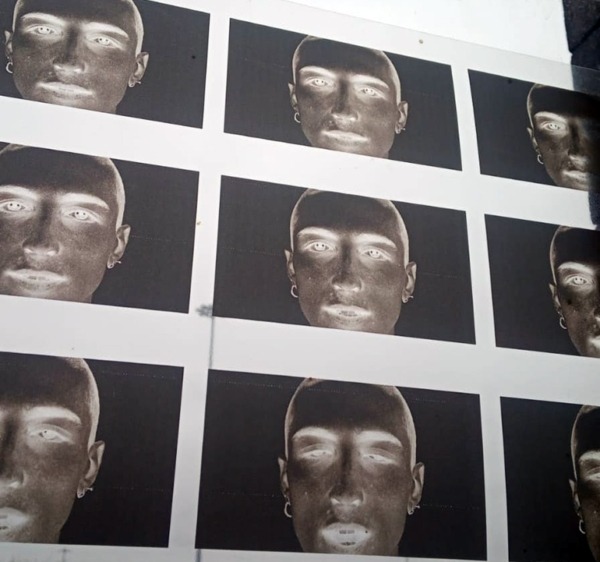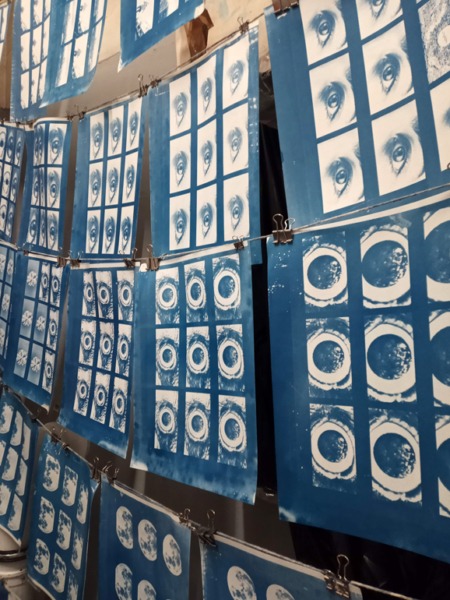Last week I had the pleasure of receiving an e-mail from photographer Edd Carr who wrote, “I was hired to make a music video for Tycho Jones by Globe Town Records of Shoreditch, London. As I was given total creative freedom, the video also deals thematically with birds and their relationship to culture and the climate crisis. I’d love it if you could share, or be interested in a feature on your website.”
With its striking blue hue and rapid juxtaposition of images, it’s immediately apparent this unique video was made using an alternative photographic process. What was Edd’s creative approach? It turns out the entire video was printed in Cyanotype, a total of five thousand frames printed and animated together! But what’s a Cyanotype? I asked Edd to shed some light on this incredible process and how and why he adapted it for this video. Here’s what he had to say:


HERE COMES THE WILDFIRE from Ed Carr on Vimeo.
